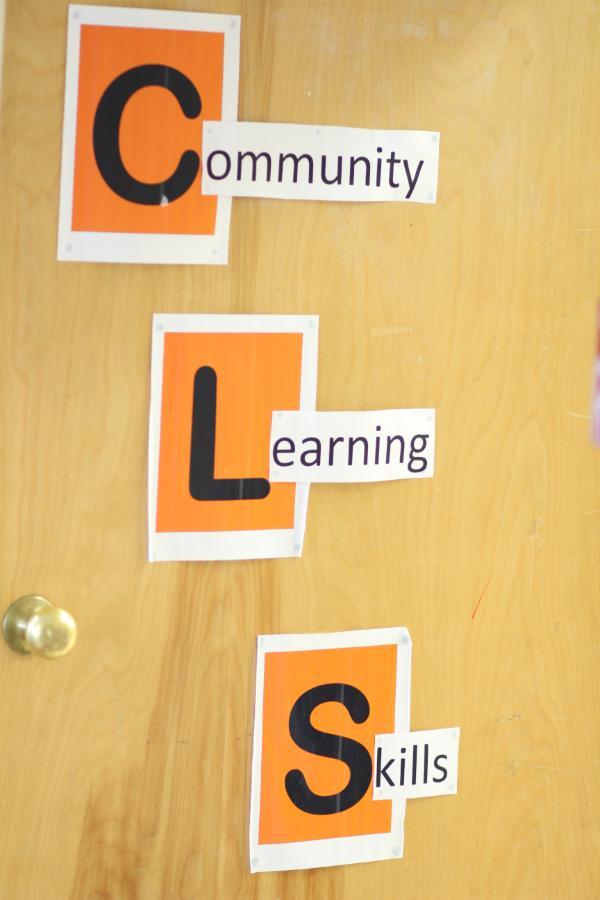Special Needs Programming
Our McNally students enrolled in special education programming will receive instruction determined by Alberta Education, as well as specialized supports based on their needs and abilities. We provide programming in both Community Living Skills and Interactions Programs.
Community Learning Skills
Community Learning Skills programming supports students who have severe delays in most or all developmental areas. These students may have physical, sensory, medical or behavioural disabilities.
GOALS
- Improve academic, communication, personal and social skills
BENEFITS
- Improved reading, writing, listening and math skills
- Improved ability to communicate and interact with others using appropriate behaviours and social skills
- Improved work ethic and study habits
- Improved life skills
PROGRAM DELIVERY
- A safe, structured environment with regular routines
- Close, constant supervision
- Consistent behavioural expectations
- Smaller classes for more targeted instruction
- Opportunities to interact with other students in school-wide and community activities
Interactions
Interactions programming supports students with autism spectrum disorder (ASD). ASD impacts how people understand what they see, hear and sense. This lifelong disability can result in difficulties in communication, social relationships, behaviour or learning. Although some students with ASD achieve at grade level, many have uneven or delayed achievement.
GOALS
- Improve communication, social interaction and behaviour while developing academic skills
BENEFITS
- Demonstrate growth in communication skills
- Demonstrate growth in building and maintaining relationships, and understanding social situations
- Demonstrate growth in managing frustration and problem-solving
- Improved ability to handle change or challenging emotions (e.g., anxiety)
- Development of life skills to support independent living and employment
PROGRAM DELIVERY
- Structured environment with regular routines
- Smaller classes for more targeted instruction
- Visual aids, concrete examples and hands-on activities
- Frequent praise and other meaningful rewards to help students adopt positive behaviours and attitudes
- Opportunities to join other classes for instruction in a student’s areas of strength

